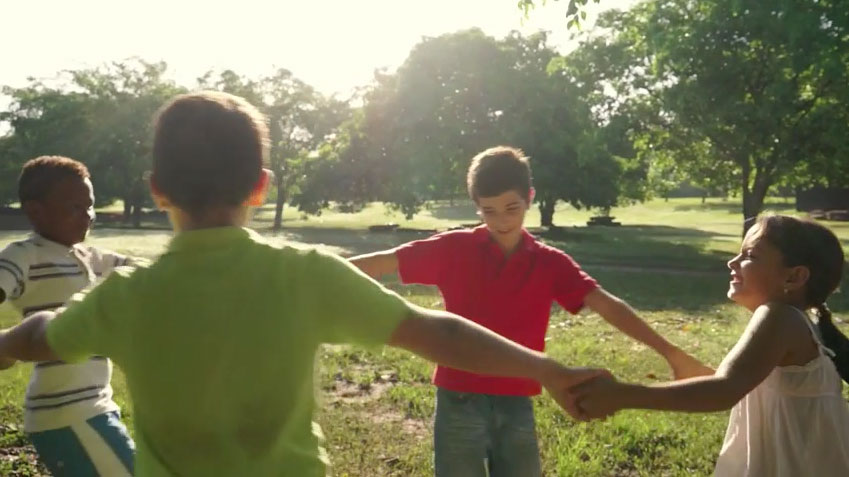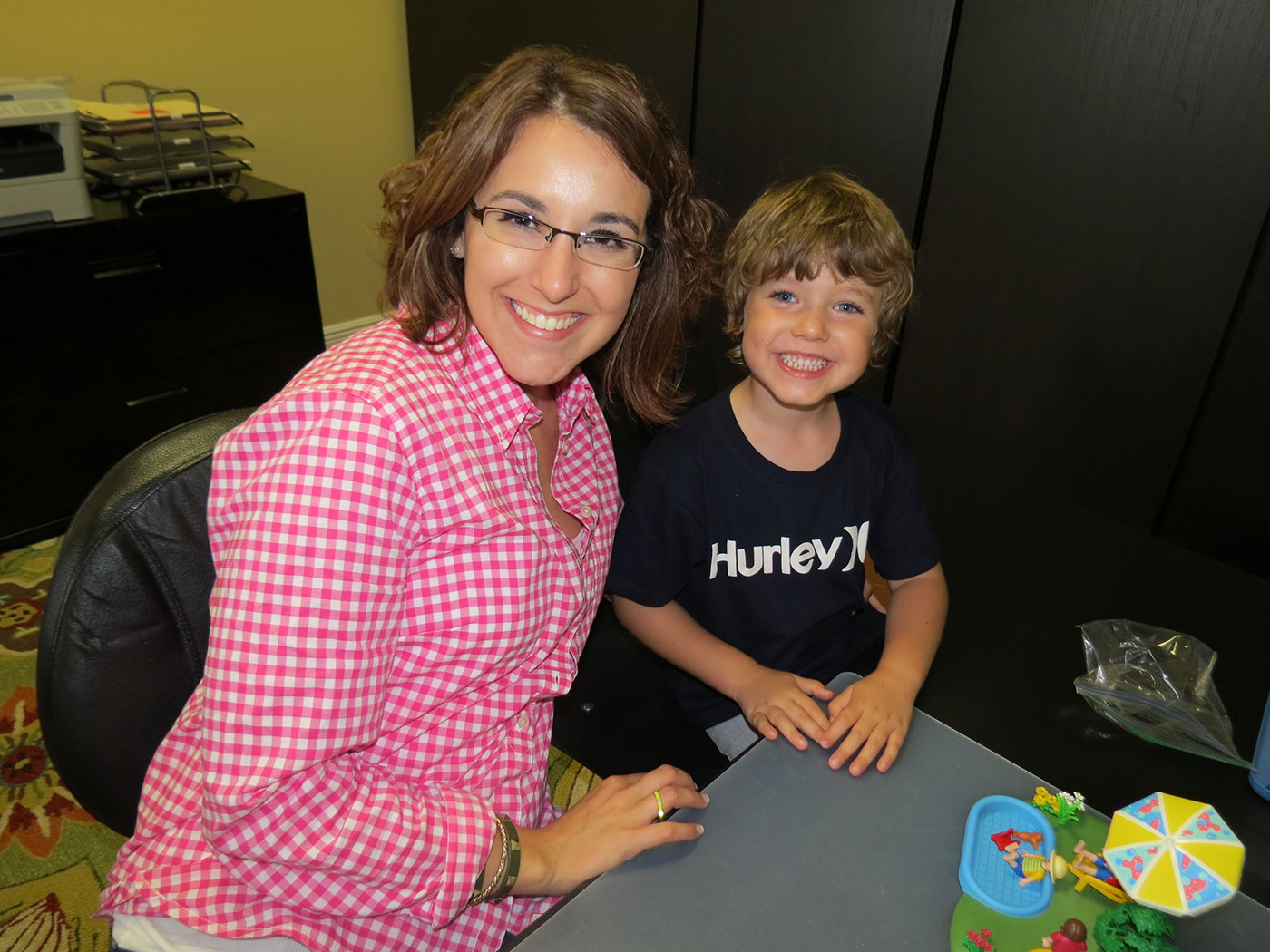Speech Services
-

Speech Therapy and Language Development
All About Speech & Language is committed to all children reaching their full potential in speech and language. We understand that any speech or language problem is likely to have a tremendous effect on your child’s development, social skills, academics, and behavior. Early intervention is key. We are here to help your child be more successful in understanding language, communicating, social relationships, reading, writing, and academics.
-

Our Reading Programs
Orton Gillingham is a language-based, multi-sensory, structured, sequential, cumulative, and flexible approach to reading instruction. It is success-oriented and develops a balanced approached to reading instruction through direct teaching. This reading program is an intensive, sequential, phonics-based system that teaches the basics of word formation before the words themselves. Any child can benefit from this structured, multi-sensory approach to reading!
The Lindamood-Bell approach and programs provide powerful methods and tools for learning. They specifically help to build the sensory-cognitive skills that are necessary for reading and comprehension of what is read. During the process of reading, these skill areas are intertwined and must be integrated; a weakness in one will affect the overall end-goal of independent comprehension. -

PROMPT technique for speech elicitation
The technique uses manual touch cues to a patient’s face (jaw, tongue, lips) to guide them through saying a word, phrase, or sentence. The clinician maps out these sounds to help the child with patterns of movement that he/she has difficulty with for speech production.
PROMPT is effective with Phonological disorders, Apraxia of Speech, Developmental Delays, Dysarthria, Hearing Impairments, Autism Spectrum Disorders, and Fluency Disorders that are developmental or acquired.
-
Comprehensive Speech & Language Screenings and Evaluations
We provide speech and language screenings to address concerns that parents and/or other professionals and teachers may have about a child’s development. Recommendations are made for evaluations based on the results of a screening. Evaluations are warranted for new patients who have not already received an evaluation and at 6-month to 1-year intervals for re-evaluations to document progress since starting therapy. Comprehensive evaluations allow the speech-language therapist to assess your child across speech, language, reading, writing, social, and play modalities, as it is appropriate for his/her age and development.
-
Consultations and Parent Support
We are available to speak with other professionals about a particular client at the request of a parent, in addition to providing parent support via direct meetings, phone calls, and emails about their concerns and his/her child’s diagnosis, therapeutic process, and progress in therapy.
-
School In-Services for Faculty and Parents
Providing information to empower teachers, parents, and caregivers on speech and language developmental milestones and red flags to consider pertaining to a variety of developmental disorders.
-
Interactive Metronome Program
This is a visual-auditory program via the use of computerized metronome to help coordinate “neural timing” to aid children and adults in focusing, attending, processing information, recalling and remembering, as well as in coordinating his/her motor system for movement.
This program is successfully used alongside functional therapy interventions for individuals with and without disorders such as Apraxia, ADHD, Autism Spectrum, Dyslexia, Reading, Auditory Processing Disorders, Brain injury, and more, as well as to enhance cognitive and athletic performance.
-
iPad Technology
Using apps to help a child communicate and/or to support ongoing therapy: A wide variety of apps exist to help children who do not communicate via talking or might have impairments that impact his/her ability to communicate effectively. As speech-language therapists, we work on alternative-augmentative communication (AAC) through a variety of programs to help children communicate his/her needs, wants, requests etc. to support his/her communication and development. A wide variety of apps exist to support ongoing therapy across early language development, articulation, grammar, phonics, reading, following directions, sequencing, vocabulary, play skills, social skills, reasoning, inferencing, predicting etc. to maintain learned skills, to help carry over skills being addressed in therapy, and to expose children to new concepts and information.
-
Social Dyads
Social Dyads are 2 peers working with a Speech and Occupational therapist together.
-
Co-treatment
1 child to a Speech and Occupational therapist
All About Speech & Language’s Areas of Expertise:
Individual and collaborative group treatment for speech and language therapy across a variety of disorder areas and abilities including:
-
ADHD
A neurobehavioral disorder that is diagnosed in the childhood years and often persists into adulthood. Symptoms are present before 7 years of age, and are divided into two categories: a) inattention and b) hyperactivity-impulsivity. Children may have a combination of characteristics in one or both of these categories, and thus have difficulty paying attention, act without thinking about results, or display increased activity. Many children with ADHD often present with language problems, auditory-processing problems, or both. Behavioral characteristics of students with ADHD include: frequent fidgeting/difficulty remaining seated, distractibility by unimportant/unrelated things, difficulty keeping attention during tasks, difficulty waiting turns in games/groups, frequent participation in dangerous activities without considering consequences, etc. Research and clinical experience indicate that students with ADHD often have the greatest difficulty in auditory processing and social interaction skills, specifically: following through on instructions, blurting out answers, talking excessively, interrupting others, poor turn-taking skills, fillers/pauses/change of topics/disorganized when talking, difficulty joining social interactions, trouble acting appropriately to nonverbal cues, and may experience comprehension breakdown.
-
Apraxia
Childhood Apraxia of Speech (CAS), also referred to as developmental verbal apraxia or dyspraxia, is a neurologically-based difficulty in programming speech movements, thought to take place at a “pre-speech” motor-planning level. CAS is not the result of having weakened muscles for speech. As a result of this planning disorder, children often have increased difficulty with the quick, accurate, and consistent production and timing of all the movement sequences required to produce speech (from simple sounds to words and sentences). The following are characteristics that help to distinguish CAS from other types of speech delays and disorders:Difficulty reaching, maintaining, and shifting between articulatory/speech sound positions.
Difficulty with smooth movement transitions between sounds and syllables.
Distorted vowel sounds.
Errors with prosody (the rise and fall/inflection pattern of speech).
Inconsistent error patterns when repeating words.
(Adapted from Childhood Apraxia of Speech Association of North America: CASANA) -
Articulation and Phonology Disorders
Young children beginning to speak often make mistakes when pronouncing words. A speech sound disorder occurs when mistakes continue past a certain age. These mistakes can be related to problems with articulation (making the individual sounds within words) and/or phonological processes (sound patterns). A common example of an error many children make is using the ‘w’ sound for the ‘r’ sound, so when saying the word ‘rabbit,’ a child would pronounce this word as ‘wabbit.’ This is known as substitution, where one sound is substituted for another in a word. It can happen across the beginning, middle, or end of a word, as well as in clusters (i.e. –br, -cl, -gl etc.). Sounds can also be left off, added, or changed within words; for example, ‘I want’ might be pronounced as ‘I wa.’ In this case, the end of the word is left off. A child may have an articulation disorder if these errors, like the ones mentioned above, last beyond the expected age. A phonological process disorder involves patterns of sound errors, which make it more difficult for a child to be understood by others. For example, substituting the sounds made in the back of the mouth for those in the front of the mouth (i.e., saying ‘tis’ for ‘kiss’ or ‘doat’ for “goat”). It is important to note that not all sound substitutions and omissions are speech errors; therefore a Speech-Language Pathologist (SLP) is the professional that evaluates children or adults that present with speech difficulties. Research has shown that children who exhibit speech impairments when entering school exhibit substantial problems in literacy development up to 5 years later; so it is extremely important to address speech difficulties with your child as it impacts other areas of development that are key to learning in school.
-
Autism Spectrum Disorder
An umbrella diagnosis that encompasses a group of complex disorders of brain development, including Autism, Asperger syndrome, Rett syndrome, childhood disintegrative disorder, and pervasive developmental disorder-not otherwise specified (PDD-NOS). An estimated 1 in 88 children in the U.S. are known to be on the Autism spectrum, with 1 out of 54 boys and 1 out of 252 girls diagnosed. Criteria to receive a diagnosis include: a) impaired social interaction, b) disturbed communication, and c) stereotypic patterns of behavior, interests, and activities. The signs and symptoms of Autism commonly emerge between ages 2 and 3, and these characteristics include: lack of interest in/delayed communication (loss of words, slow development of speech sound production/language, only repeating the language of others/television shows/songs, lack of eye contact, word order/grammatical errors, difficulty comprehending commands/questions/word meanings), lack of responsiveness/awareness of other people, preference for solitude and objects rather than people, insistence on routines, dislike of being touched/held, stereotypic body movements such as rocking/hand flapping, unusual talent in some area, over- or under-sensitivity to sensory stimulation (touch/hearing), etc. A multi-disciplinary team approach to assessment and intervention (i.e. neurologist, developmental pediatrician, speech-language therapy, occupational therapy, ABA therapy) is frequently necessary for many children with Autism.
-
Central Auditory Processing Disorder (CAPD)
Generally speaking, CAPD manifests as poor listening skills or an inability to process auditory information, pay attention to, remember, discriminate, or use auditory information for academic and social purposes. Children who have CAPD have hearing that is within normal limits.CAPD can only be diagnosed by an Audiologist, however, is treated by a speech-language pathologist as it impacts language and social development; and is only diagnosed at around the age of 8 years old. Children are sometimes misdiagnosed as having ADHD when they have a CAPD. Children with CAPD have difficulty following directions, inconsistent response patterns to speech related tasks, frequently ask for repetitions of information that is presented verbally, have increased difficulty in noisy surroundings, misunderstand what is being said, and cannot remember information presented verbally. They may also exhibit a history of middle ear infections.
-
Cleft Palate
Craniofacial anomalies are abnormalities of the structures of the head and face, often congenital (present at the time of birth) and in many cases due to genetic or chromosomal factors or associated with genetic syndromes. A cleft is an opening in a normally closed structure, occurring in the lip and/or palate in the mouth. Numerous communication disorders are associated with clefts: hearing loss, articulation disorders, possible language disorders, and vocal disorders. Treatment consists of surgery to repair the clefts as well as speech-language therapy to address the various communication disorders as mentioned above.
-
Developmental Speech & Language Delays
Refers to the delayed development of speech and/or language. Speech refers to the ability to coordinate the muscles used for speaking (i.e. tongue, lips, jaw, etc.) in sequential movements to produce and combine sounds into words. Language encompasses the understanding and use of language, including processing, comprehending, naming words, formulating thoughts into sentences, play, and social/pragmatic skills. Often, a child’s parents, or pediatrician, are the first to detect a “delay” in speech or language development. Typically detected between 18 months and 3 years of age, children frequently come into therapy lacking sounds/words (which should begin to develop by 1 year of age).Delays may also include trouble with relating to/connecting with others (joint attention), and understanding of early basic concepts (answering questions, understanding vocabulary, directions, etc.). Focused, direct instruction with a speech-language pathologist is sometimes all that is required to catch a child back up to his or her age-level peers. If a speech or language “delay” truly exists, the child will eventually catch up to the level of his or her peers. If a speech or language “disorder” is suspected, there will continue to be a developmental gap that persists and widens as the child advances in age; more consistent and intensive therapy is the usual course of action. Early intervention as soon as delays are suspected is critical to promote gains as soon as possible!!
-
Down Syndrome
Results most commonly from a chromosomal abnormality trisomy 21. Symptoms include mild to moderate mental retardation, low muscle tone (hypotonia), characteristic facial features, heart and respiratory problems, ear anomalies (i.e. chronic ear infections), oral-motor difficulties, and deficits in speech, language, and hearing. Articulation, problems being understood by others while talking, and difficulties with delayed language development are some of the most common features noted with this population. Generally speaking, language development in down syndrome follows the normal sequence of development despite difficulties with craniofacial abnormalities that affect speech and hearing. Vocabulary development may initially lag behind but typically catches up to mental age-matched, typically developing peers, with overall strengths in semantics. Children with down syndrome exhibit difficulties with expressive language that widen as the child gets older as a result of difficulties with morphology and syntax (i.e. use of language/grammar). Symbolic play skills are reported to be similar to mental age-matched peers. Pragmatic skills are considered a relative strength for this population. Additionally, children with down syndrome appear to have reading levels in advance of their language and cognitive abilities. Due to the nature of down syndrome and how it impacts speech and language development, a speech-language pathologist should be sought out for appropriate assessment and intervention of a child across these aforementioned areas.
-
Dyslexia
This is a specific reading disorder that is neurobiological in origin (i.e. origins in a child’s brain). Dyslexia is primarily characterized by difficulties with accurate and/or fluent word identification, poor spelling, and decoding abilities due to difficulties with phonological skills (i.e. skills that are tied to cracking the alphabetic code tied to letters and their corresponding sounds). Phonological awareness, memory, and encoding skills are what comprise the fundamental skills necessary to become automatic, fluent readers. Secondary difficulties seen with dyslexia include problems with reading comprehension, vocabulary development, and general knowledge resulting from an overall reduced experience with reading.
-
Reading/Literacy Skills
Reading is a fundamental, important skill that every child needs to effectively learn, especially while in elementary school. In pre-kindergarten through 3rd grade children are building early literacy skills that help them learn how to read and become fluent readers. Letter and sound recognition, blending sounds together, segmenting words into their individual sounds, deleting sounds or chunks of sounds from words, and learning sight words are some of the fundamentals that build strong readers. By 3rd grade, the focus of reading shifts and children are now reading to learn rather than learning to read. Instead of focusing on how to read, children are now expected to read for content across subject areas in school. For struggling readers, this often creates difficulty as learning cannot adequately take place because children are so focused on decoding words that they do not comprehend material the way they should be. It is also important to rule out the visual system when considering difficulties with reading as there are often co-occurring issues with other systems that may be contributing to reading challenges; 20/20 sight does not mean the visual system is unimpaired. If reading difficulties persist or patterns of difficulty emerge when reading (i.e. letter confusion, reversals etc.), it is also important to consider testing your child for dyslexia.
-
Social Skills
Also referred to as social-pragmatics, relate to all those skills that are necessary for an individual to successfully interact with others. These skills include: basic interaction skills (listening, eye contact, smiling, body awareness), entry/approach skills, maintenance skills (taking turns, following rules, cooperating), friendship skills (showing affection, including others, mutual decision making/teamwork), acceptable conflict resolution (negotiating/compromising, problem-solving), perspective taking to consider another’s thoughts/feelings, self-advocacy (communication of needs/ideas), assertiveness, and understanding/using humor. All of these foundational, component skills allow an individual to achieve “competence” in a social situation. Social competence is a higher-level developmental skill that continues to be shaped and learned throughout childhood and adolescence; it is dependent upon perceptive and timely recognition and use of foundational communication and more-advanced cognitive skills. Research shows that effective social skills allow for increased ability to make and keep friends, which promotes positive self-image, confidence, increased independence, and psycho-emotional well-being.
-
Stuttering & Fluency Disorders
A fluency disorder, commonly known as “stuttering,” is a communication disorder that involves disruptions or “disfluencies” in the forward-flow of a person’s speech, ranging from mild to severe in nature. These disfluencies are produced with excessive frequency and/or excessive duration, meaning there are an increased number of noticeable disruptions within speech and/or a single disruption that lasts for an increased length of time. Stuttering can be associated with secondary “abnormal” motor behaviors, such as facial grimaces, jaw tension, head bobbing/turning, eye blinks/twitches, lip movements, breathing abnormalities, etc. In addition to producing disfluencies, people who stutter often can experience increased physical tension and struggle in their speech muscles, as well as negative emotions such as embarrassment, anxiety, and fear about speaking. Together, these symptoms can make it very difficult for people who stutter to say what they want to say, and to communicate effectively with others. The precise cause of stuttering is not known.
-
Writing Skills
A speech-language pathologist is the qualified professional to assist with writing skills, particularly in the formulation process (combining words into sentences, sentences into paragraphs, organization, editing skills, etc.). However, the physical “act” of writing (also known as handwriting) is best remediated through work with an occupational therapist to address these fine-motor skills and associated abilities.




